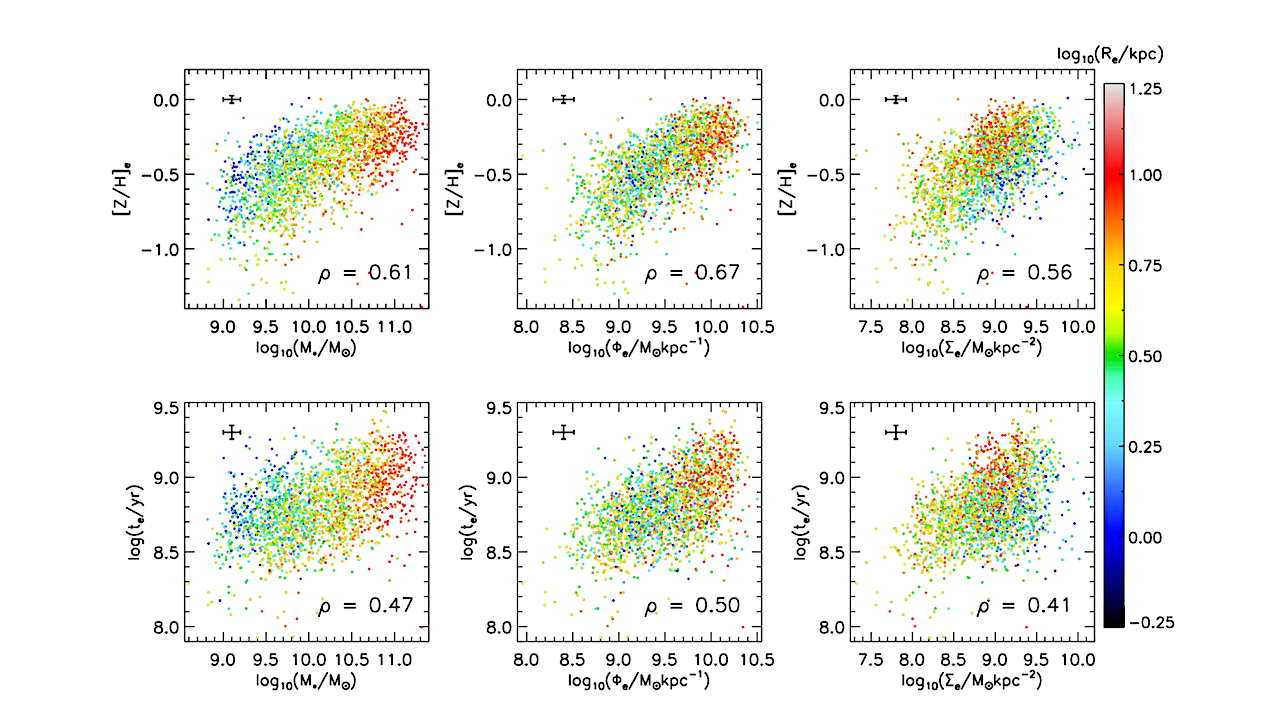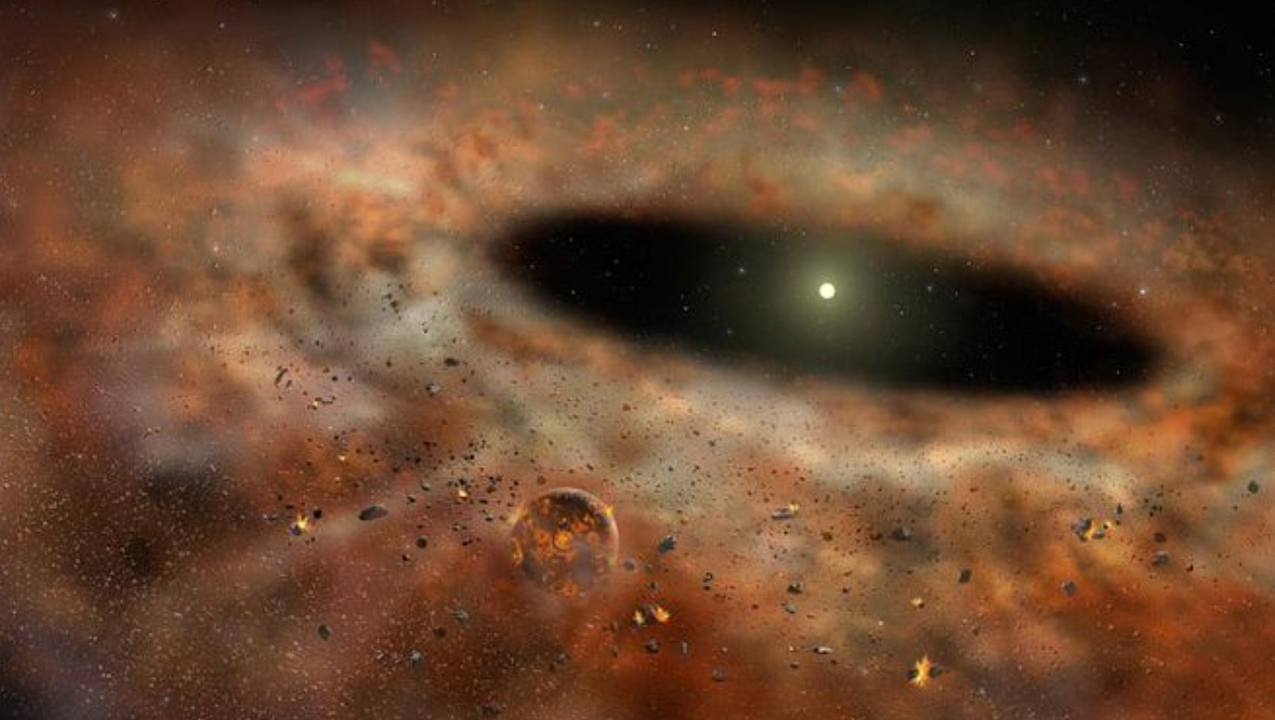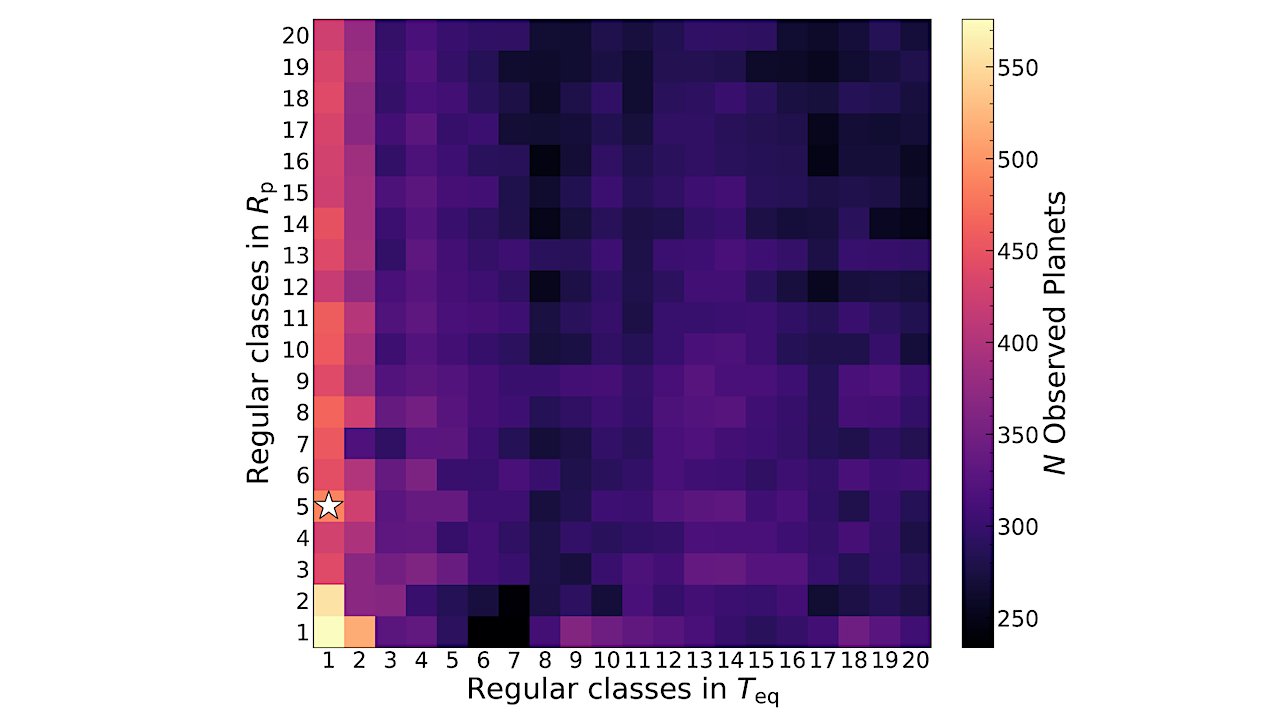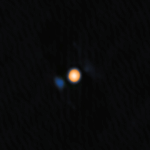Portland State University’s ELVIS 3D microscopy system during testing here on Earth. (Image credit: Jay Nadeau) Onboard the International Space Station (ISS), the Extant Life Volumetric Imaging System, dubbed ELVIS,
Astrobiology94- Page
Light-weighted pipe3d stellar metallicities (top) and stellar ages (bottom) at 1Re, plotted against M∗ (left panels), Φe (middle panels) and Σe (right panels). Each panel displays the corresponding Spearman correlation
An artist’s illustration of solar system formation, and the formation of a protoplanetary disk filled with gases and dust that over time clump together and smash into each other to
In this photo, the Milky Way is visible rising above the Vera C. Rubin Observatory. Sorcha is a solar system survey simulator built for the Vera C. Rubin Observatory’s Legacy
Basecamp Research working with Heritage Malta, March 2025 Yielding Enormous New Database Purpose-Built for Generative Foundation Models in Biology Basecamp Research, an AI company dedicated to using nature to solve
SMD Budge tMeeting Update: NASA Headquarters has decided to delay this event. This notice was sent out this morning. “The NASA Science Community Meeting scheduled for Thursday, June 12 has
NASA Science Mission Directorate NASA’s Science Mission Directorate (SMD) will hold a virtual community meeting with Associate Administrator Nicky Fox and her leadership team at 12:00 p.m. Eastern on Thursday,
The Tibetan Plateau is a region of stunning beauty, and as this true-color Terra MODIS image from December 14, 2002, shows, is graced with hundreds of lakes that sparkle like
Number of planets observed in a notional 3 year Ariel transit survey. The white star highlights the best overall leverage. The one-room schoolhouse yields the most targets, with other scenarios
Temporal evolution of atmospheric mass loss in response to stellar flares of different energies. The ratio of the instantaneous mass loss rate to the quiescent mass loss rate is shown
-
 012024 in Review: Highlights from NASA in Silicon Valley
012024 in Review: Highlights from NASA in Silicon Valley -
 02Panasonic Leica Summilux DG 15mm f/1.7 ASPH review
02Panasonic Leica Summilux DG 15mm f/1.7 ASPH review -
 03How New NASA, India Earth Satellite NISAR Will See Earth
03How New NASA, India Earth Satellite NISAR Will See Earth -
 04And Thus Begins A New Year For Life On Earth
04And Thus Begins A New Year For Life On Earth -
 05Astronomy Activation Ambassadors: A New Era
05Astronomy Activation Ambassadors: A New Era -
06SpaceX launch surge helps set new global launch record in 2024
-
 07Space Force plans new ‘Futures Command’ amid pressure to speed up modernization
07Space Force plans new ‘Futures Command’ amid pressure to speed up modernization















